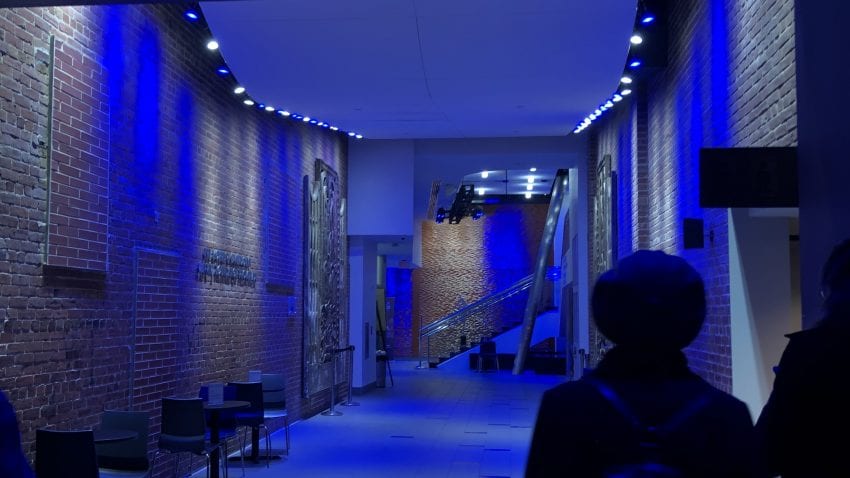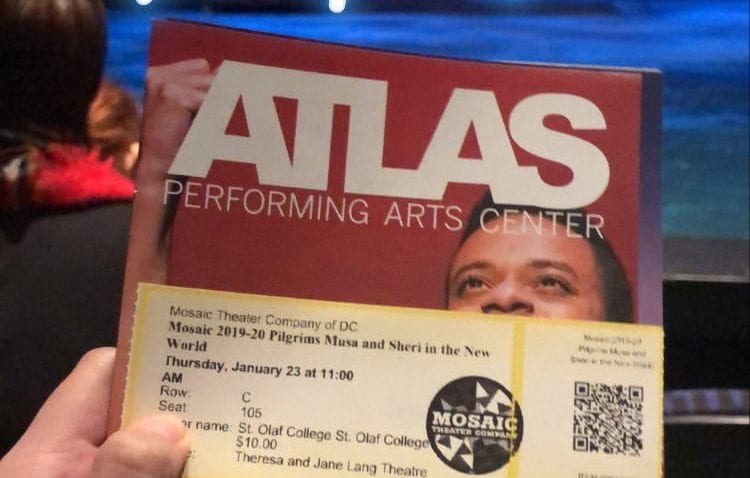In 2006 The Atlas Performing Arts Center reopened after being abandoned for approximately 33 years. Before this, the Atlas used to be one of four movie theaters in H Street. People from all throughout H Street came to the Atlas to see their movies. Sadly, in 1968 after the assassination of Martin Luther King Jr. the theater was destroyed by the riots happening in the area. The riots were caused by the discontent in the African American community because of the discrimination against them. The assassination of Dr. King was what pulled the trigger that initiated the riots which caused the destruction of many buildings and houses. In 2001, Jane Lang and her husband were looking for a space to renovate as a theater and they chose to renovate the Atlas. After the fire, the only things that survived were the walls and the AC vents (which, fun fact, are now found in the lobby of the performing arts center as decoration) so there was much work to be done. But by 2006 the Atlas Performing Arts Center reopened and it is now a non-profit performing arts venue that consists of four different performance spaces and presents art through film, dance, music, theater, choral work, and spoken work.

The Atlas has different educational programs such as City at Peace youth development program. This program offers teenagers and young adults a space to feel safe and collaborate with other people that are different from them and use performing arts as a tool to unite them. The goal of this program is to create a diverse group of strong leader who are able to think, communicate, and act and use this tools for positive change. This program is giving tools to the young people of today to solve problems in a peaceful manner and make the world a better place.

We had the opportunity to visit the Atlas last Thursday, where the executive director, Doug Yeuell, gave us a tour. During the tour he showed us the performance space. Yeuell showed us two black box rooms: one that was being used for a meeting later that day and the other which was set up for a play. After showing us the black box rooms, we went to another of the four performance space which is where the Capital City Symphony usually performs. Lastly he took us to the performance space where the Mosaic theater present their shows, which was where the old cinema used to be and where we got to see the show Pilgrims Musa and Sheri in the New World. As he was giving us the tour he mentioned how some people have an emotional attachment to the Atlas because they used to go there when growing up. Yeuell told us a story about a man who once was walking through H street and recognized the Atlas from his childhood, the man was invited to enter and as he entered he got really emotional because he used to go to the Atlas as a kid and it brought back a lot of nice memories. This was the story of only one man but there are more people that consider the Atlas a “sacred” place due to its emotional value.
As its mission states, the Atlas is a place that brings people together through the arts in order to strengthen the community. The performing arts center has been one of the places were we have encountered one of the most diverse audiences. In the audience there was a wide range of different ages and different social and economic backgrounds and they all came together to the Atlas Performing Arts center in order to learn and enjoy its art.
References:
– http://www.atlasarts.org
– https://www.washingtonpost.com/graphics/2018/local/dc-riots-1968/
– https://www.atlasarts.org/city-at-peace/
– https://www.atlasarts.org/about/
